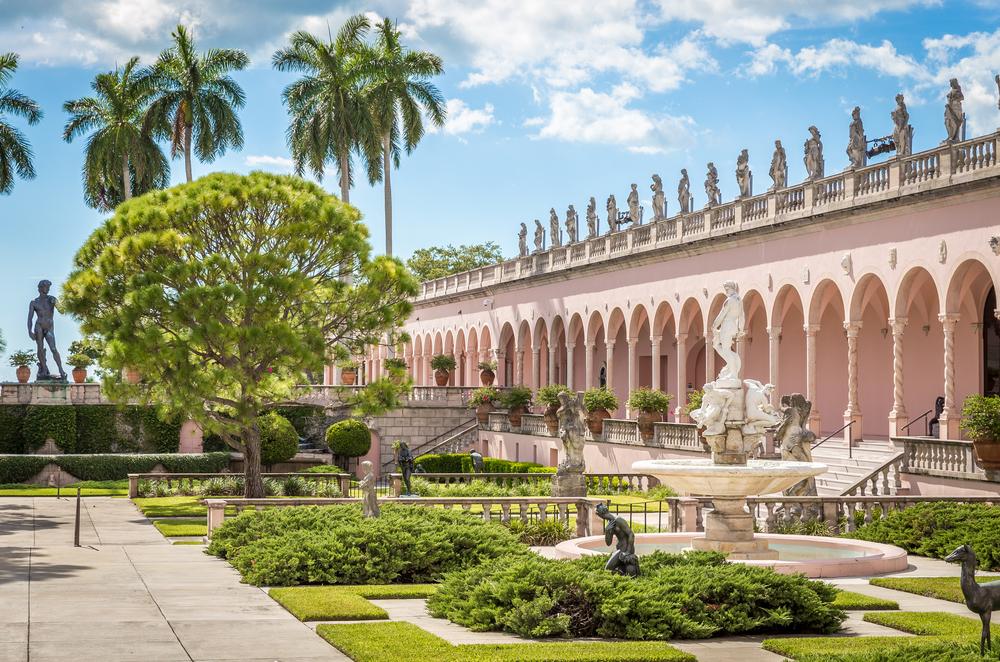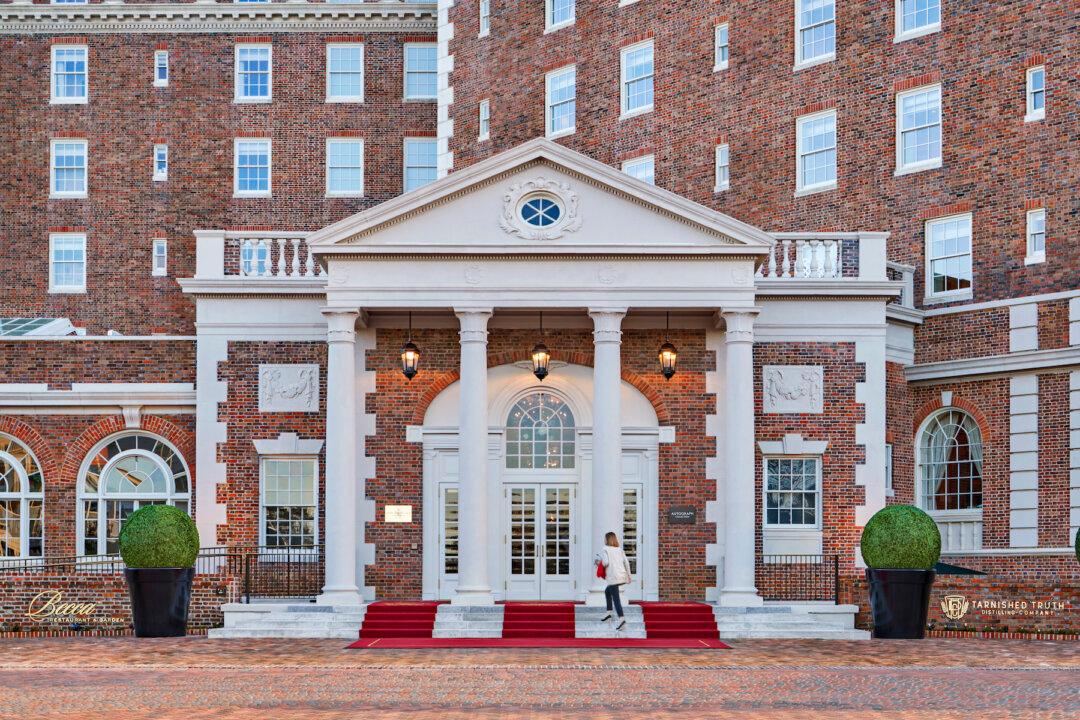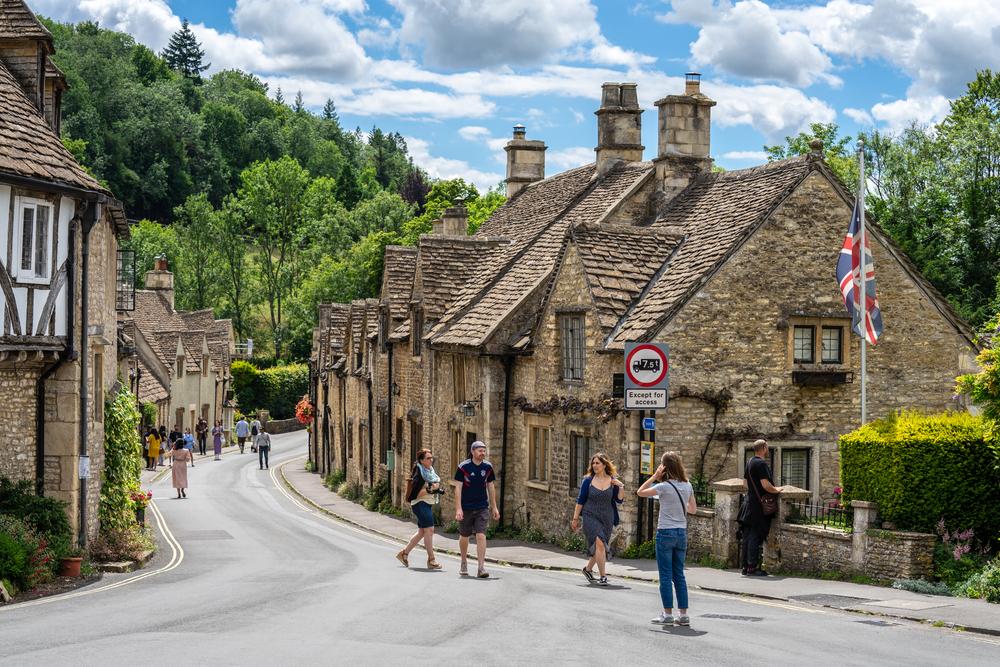The thought of exploring the ancient churches scattered across small villages and hamlets in the 100-square-mile Romney Marsh in Kent, a history-rich county in southeastern England, was alluring enough to bring me across the pond.
Admittedly, church touring seems like an uncommon vacation, but it’s a relatively popular English pastime that seems to be right up there with gardening, at least judging by the scores of guidebooks written for those who chase steeples, stained-glass windows, and architectural details dating back more than a thousand years to the Normans and Saxons.





